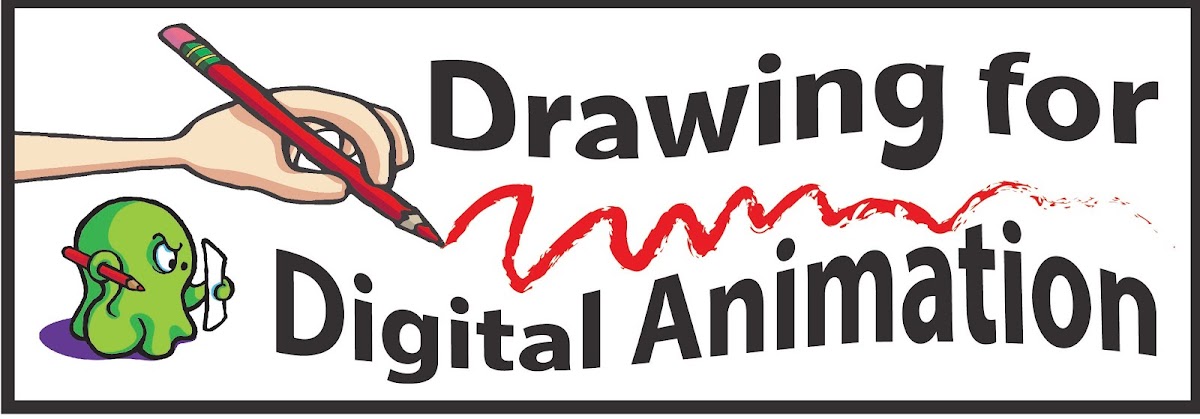165 students:
You will storyboard the next animation before you animate. Planing out your camera angles is very important to the story telling process. Use the 16 panel page.
166 students:
The 16 panel page is for you to create quick sketches. It's your chance to experiment, storyboards take time, this is how we as animators plan out our story. Once you have decided the camera angles and the types of shots you want, you can then create the final layout onto the 3 panel pages with greater detail. Remember... The 16 panel pages are for the draft version only... No details on them.
For both 165 and 166 students:
Beginning - The images usually establish where the story is taking place, determined through the background and camera angles and framing (long shots to establish the scene, medium shots to give more detail and close-ups for emotional reactions). The beginning may also give information about when the story is happening. Most importantly, the beginning of the film should introduce the main characters- the protagonist, or hero, and sometimes an antagonist (the character or thing that will challenge the hero). Secondary characters may also be introduced in the beginning.
2. Middle - The action that affects the main character will take place in sequences that illustrate what happens to the character
and how he or she reacts to the situation. In a 30 second film, you will have time for only one or two of these event-and-¬response sequences, each one increasing the emotional reaction of the character. This is accomplished first through the animated character poses and expressions and also by cinematics: changing the framing of the camera, the length of the shots and how they are juxtaposed (edited).
3. End - The climax of the story should have the most cinematic intensity in the way the shots are framed, the background is designed, and the character's action is illustrated. As the climax subsides (the denouement), your storyboard should illustrate how the hero has changed as a result of his or her experiences. This change can be a new awareness, outlook, or attitude and can be shown through the character's gesture, expression and movement.



No comments:
Post a Comment